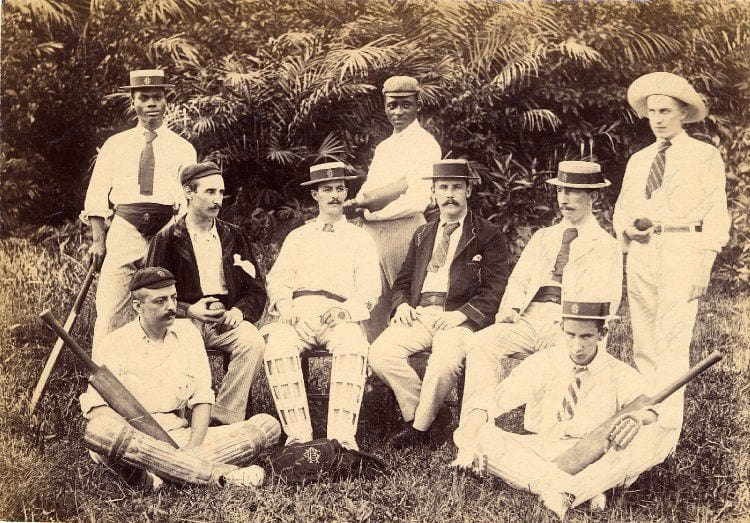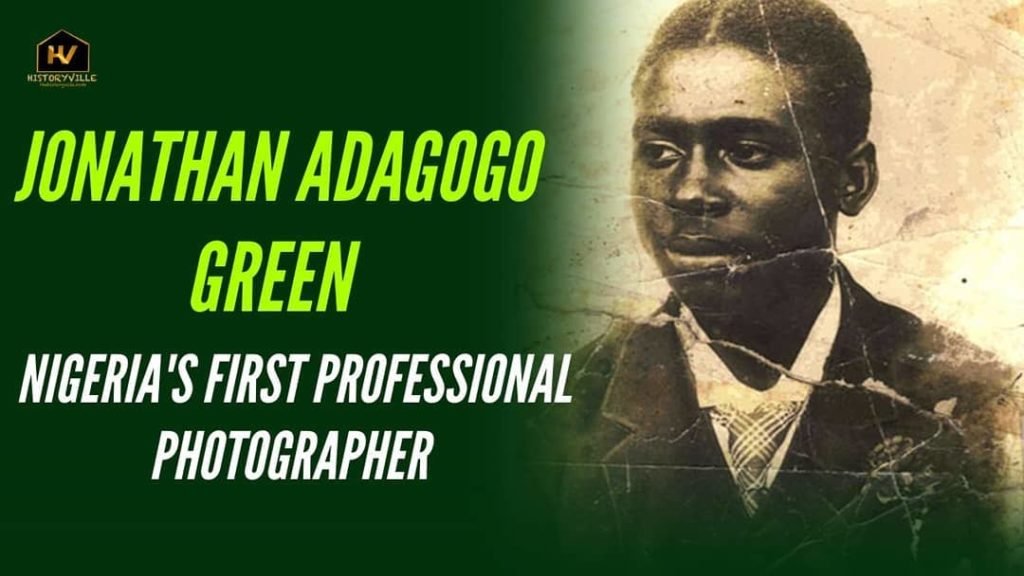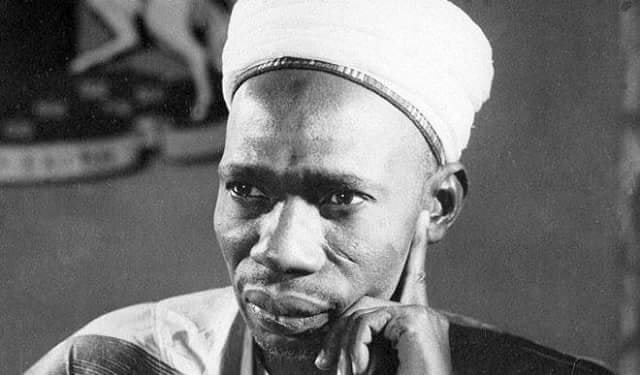No products in the cart.

Because his name sounded British, Jonathan Adagogo Green was able to secure well-paid jobs from the highly placed British colonial officers in Southern Nigeria. Green was one of the first and best African photographers who also took advantage of his wealthy father’s connection to obtain even more jobs.
Family Life and Education
As the first professional photographer of Nigerian birth, Jonathan Adagogo Green’s works can be seen as an important voice for Nigeria’s early modernist art movement. Moreover, his photography reveals that he was straddling two worlds; one, as an Ibani young man born into an elite trading family, and the other, as the chief photographer for the British as they laid the foundation for the newly formed colony of Nigeria.

Adagogo Green was of noble stock; son of a High Chief of a prominent Bonny House. He was well-educated and socially very confident, all of which can be glimpsed from his body of work.
Contents
Career
He studied photography in Sierra Leone and then established a studio in Bonny and became one of the most prolific and accomplished indigenous photographers to be active in West Africa.
Green was unquestionably Nigeria’s first Master Photographer and Artist Photographer. He definitely had a calling; which was, to properly document the whole spectrum of political, commercial/industrial, and social life around him. He used his medium and profession to the highest levels and responsibly, as a sensitive human being, to observe and document his environment, the people, and their activities, for posterity. He was indeed a pioneer in this genre and volume of documentation.
Jonathan Adagogo Green was also responsible for the now very famous photograph of Oba Ovonramwen of Benin on the navy ship (SS Ivy) taking him into exile in 1897, while it was anchored off the Bonny River en route Calabar.
Jonathan Adagogo Green’s Relationship With the British
At that time, the Ibani Ijaw town of Bonny was at the heart of maritime commerce, with the slave trade at its peak in the 18th Century and the palm oil trade dominating throughout the 19th Century.

Green’s photographic skills were in great demand and his business boomed at a time Bonny functioned as the administrative centre of the protectorate throughout the historical trajectory, putting him at the hub of British imperialist activity.
Death and Legacy
Some of his works are on display in the British Museum to this day and without his prolific portfolio, there definitely would be huge gaps in Nigeria’s recorded history.
READ ALSO: Ore Green – West Africa’s First Female Pharmacist
Jonathan Adagogo Green died in 1905. He was 32. His remains lie in an all-marble tomb, imported from Belgium, in Bonny, present-day Rivers State.
We always have more stories to tell, so make sure you are subscribed to our YouTube Channel and have pressed the bell button for interesting historical videos. You can also follow us on all our social media handles and don’t hesitate to as well share this article with your friends.
You can also get A Carnage Before Dawn, a historical account of Nigeria’s first coup d’état. E-book here. Paperback here. And on Amazon Kindle and Amazon Paperback.
Leave a Reply
You must be logged in to post a comment.









Leave a Reply
View Comments